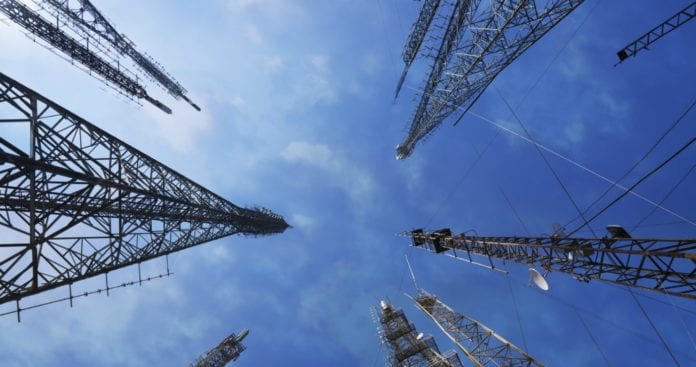Opponents consider 5G small cell installations to be at best an eye sore and at worst a serious health risk
5G, the fifth generation of wireless technology, will give consumers access to more information faster and make businesses more efficient, and will create an unprecedented level connectivity around the world. However, 5G also requires high-band spectrum, which penetrates poorly and has weak coverage area, resulting in the need for small antenna systems, or small cell systems, to be deployed in large numbers and in close proximity to one another.
According to a 2018 report from the CTIA, the number of deployed small cells is predicted to increase from 86,000 in 2018 to more than 800,000 by 2026.
While these frequently placed small cell towers are necessary for 5G deployment, they are being met with hesitation — and in some cases, downright disdain — by residents and tribal and environmental groups who at best, consider the towers an eye sore and at worst, a serious health risk.
All across the U.S., from California to Colorado to New York, concerns are pouring in. In fact, despite not having yet received a single proposal to deploy small cell 5G wireless towers within town limits, the Mill Valley, CA city council voted unanimously to block deployments of 5G towers in the city’s residential areas by activating an urgency ordinance. Mill Valley officials cited an increase in cancer risks and other health problems that the EMF Safety Network has associated with exposure to electromagnetic fields as motivation behind the decision.
Further south in San Francisco, the California Supreme Court ruled in April that San Francisco can reject 5G wireless equipment that doesn’t meet local aesthetic standards.
And while the Common Council in Syracuse, NY ultimately approved Verizon’s proposed 5G small cell tower installations, the decision to do so was in no way unanimous, passing by five to three. During a meeting before the Syracuse vote took place, Common Council President Helen Hudson revealed that the council received numerous calls and letters from residents regarding the potential health risks of 5G.
These health concerns arise from the fact small cell towers must be placed close together and in large numbers. In Syracuse, for example, they will be installed on nearly every block, resulting in constant, long-term exposure to radiofrequency radiation, and this, many argue, might have unknown side effects.
Most experts and organizations including the American Cancer Society and the Environmental Protection Agency don’t classify radiofrequency radiation as cancer-causing for humans; this, however, has done little to quiet those in opposition.
Much to the dismay of those who fear the health risks, or those who don’t want network infrastructure obscuring their view, facilitating the deployment of small cells necessary to support 5G networks is a priority for Federal Communications Commission (FCC) Chairman Ajit Pai, who continues to push for the reduction of regulatory requirements for small wireless facilities.

